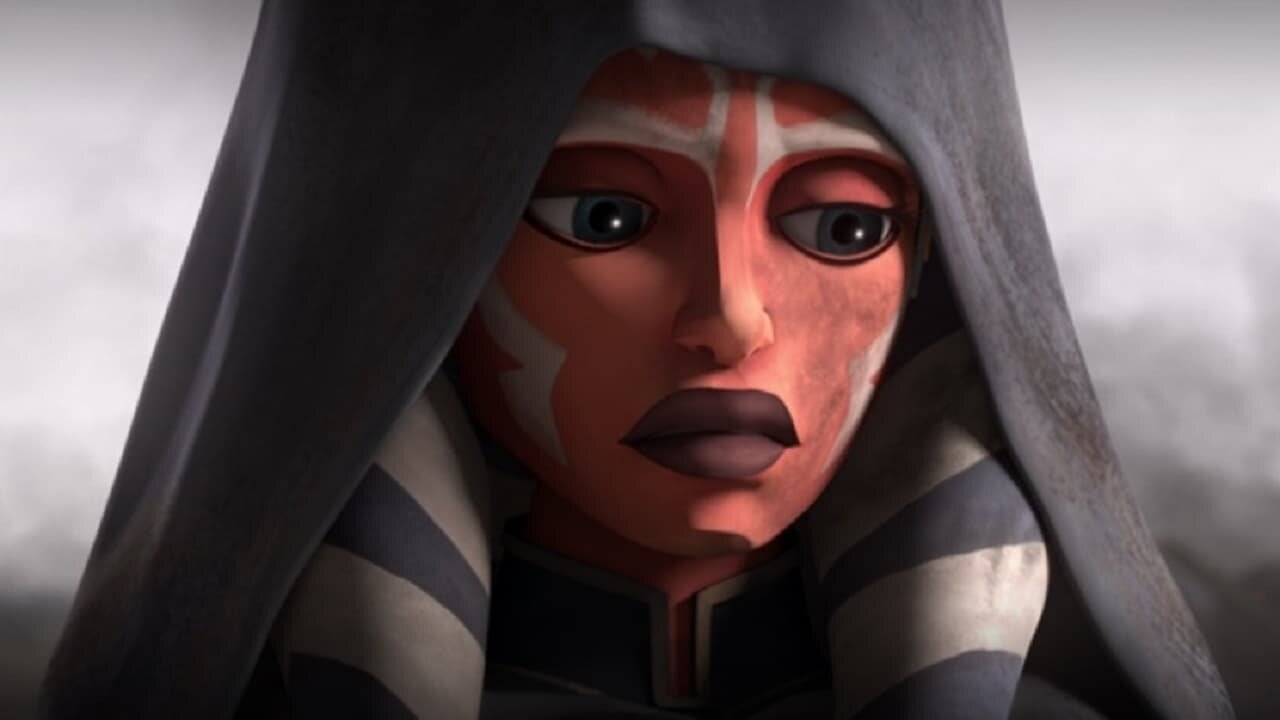The Clone Wars - S7E12: Victory and Death
The titular wars are over, and Star Wars itself will never be the same. The show’s epic, intense and dark finale has managed to wrap up its most important goal: humanizing the faceless killing machines that are the Stormtroopers. For the majority of all 11 live-action Star Wars movies, Stormtroopers and Clone troopers have been the butt of many a joke about their aim and that’s about it. Now, after this series and its finale, they are more than human — even if they are completely controlled by an evil emperor.
Victory and Death, the gorgeously animated finale to the Siege of Mandalore arc and to The Clone Wars, consists almost entirely of a 20-minute escape sequence. Ahsoka, Rex and Maul are the only non-Clone characters left on a ship bound to crash on an unnamed moon after the former Sith apprentice destroyed the twin hyperdrives. If that weren’t chaotic enough, the remaining Clone troopers are eager to kill both Ahsoka and Rex, per Order 66.
This episode plays out in full that most bitter of ironies — that Ahsoka is fighting for her life against the very soldiers who would have done anything for her and Rex is fighting against his own men. Even though the Clones show no remorse and give no hesitation, Ahsoka and Rex opt not to kill them and thus preserve their honor. The fight is more difficult this way, but Ahsoka, even if she is no longer a Jedi, still adheres to the noble principles of the Jedi. Eventually, the ship goes down, and viewers are treated to a heart wrenching burial of the Clones — who all died despite Ahsoka’s efforts.
That scene, which is shot so precisely that each frame could very well be hung up as paintings, codifies all that the show has been striving towards. These faceless, mostly nameless men – who tried their hardest to kill the two heroes, who voluntarily eliminated three droids, who obediently followed the orders of an evil emperor – deserve respect. They were simply men doing their jobs, and there is no more honorable service than that which they performed. It’s too bad that each had an inhibitor chip inside of them, but that wasn’t their fault.
The second scene — which comes a bit earlier — that distills into one image what this show has been about, is an emotional moment between Rex and Ahsoka. Just when they are at their lowest, when the Clones have surrounded them and they think there is no way out, Rex tells Ahsoka that she shouldn’t bother trying to save the lives of the Clones. They will go down with the ship, he tells her. As Ahsoka rebuffs him, she carefully removes his helmet, revealing a battle-weary face with a single tear leaving a glistening trace. It is so well-placed and so well-animated that it is just barely perceptible. Yet, it is perfect. Commander Rex, the steadfast, battle-hardened loyal soldier who never misses a beat can cry. The Clones have been humanized.
And that’s what the show was about. Amid all of the chaos, chivalry and camaraderie, the Clones have been ineffably human. Victory and Death is the cinematic capstone to this arc and this show. It features, probably, the best animation and cinematography the show has ever seen – and the best score, as well. Kevin Kiner’s now synth-infused score, which has evolved every episode this entire season, sounds like it belongs in Blade Runner 2049 not Star Wars. And yet, here it is. This show, which has consistently proven itself more than a kids’ programme, has gotten a finale that makes it better than most of the live-action films. These past four episodes, which amount to something under two hours, have been of a higher quality than the entirety of The Revenge of the Sith. Here’s to hoping they get shown on the big screen one day.


